- Home
- Jackie French
The Animal Stars Collection Page 58
The Animal Stars Collection Read online
Page 58
It seemed that the much smaller English forces had no chance at all. Surely Elizabeth’s army would run away, just like Mary’s had, rather than be slaughtered by the Spanish.
But Elizabeth had her troops cheering, using words that are still remembered today: ‘Although I have the body of a weak and feeble woman, I have the heart and stomach of a king.’ Her small, swift English ships were able to outmanoeuvre the big Spanish ships. And then a violent storm sank much of the armada.
England—and Elizabeth—were safe.
Fifteen years later Queen Elizabeth I died at what was then the very old age of sixty-nine. Mary’s son, who had been made King James VI of Scotland as a child when Mary was removed from the throne, became King James I of England.
James had his mother’s body taken to Westminster Abbey. He only spent £800 on Elizabeth’s monument, but he spent £2000—an extraordinary amount in those days, when £200 was a fortune—on his mother’s.
Why? Maybe he had always been embarrassed by having a mother who people claimed had murdered his father (she probably hadn’t) and who had tried to overthrow Queen Elizabeth I and take her place as Queen (she had). Now he was King and could make people think what he wanted them to.
So James paid a historian to write about his mother, to change the way people thought about her. It’s this history that most people think is true, not having looked at the original documents.
In this new version of Mary’s life the scandals were forgotten. Mary was called a Catholic martyr who died for her faith, instead of a defeated queen who had plotted to kill her cousin and take her throne. Elizabeth I (who had refused to sign Mary’s death warrant for nineteen years despite several plots against her own life and the urgings of her advisors) was called her murderer.
In fact Elizabeth didn’t even give approval for Mary’s execution—it had been done in the name of Parliament by her Ministers Cecil and Walsingham, who believed—probably rightly—that Elizabeth’s life would always be in danger while Mary lived. (Elizabeth hoped Mary would be assassinated instead, so she couldn’t be blamed.)
Elizabeth never married and had no children. Every English King or Queen since James has been descended from Mary.
Mary’s children have had the throne she longed for.
NOTES ON THE TEXT
Folly
No one knows the name of the dog who went with Mary, Queen of Scots on her final journey to meet her executioner. Legend says that it was a Scottish or Skye terrier, but Skye terriers weren’t a recognised distinct breed in those days, nor were Scottish terriers as we now know them. The ‘Skye terrier’ story first arose at least two hundred years after Mary’s death. We do know it was probably a small dog, as Mary didn’t want large dogs that needed a lot of exercise to share her imprisonment.
No one knows what happened to the dog after Mary Stuart died, either. One report said that it refused to eat and died soon afterwards.
But I think it’s more likely that that was what Mary’s women wanted the English to think. Everything touched with Mary’s blood was burnt to prevent the collection of keepsakes or relics. It takes a long time for a dog to die of starvation—and I just can’t see Mary’s women letting that happen either. I think it’s much more likely that the women said that the dog had died to keep it safe.
So what would have happened to the dog then? One of her women—perhaps Jane Kennedy or Mistress (Elizabeth) Curle—would have taken him with her. He would have spent the rest of his days with the people whom he knew, and who loved him for the love he had given to their Queen.
All we know about Mary’s pets comes from her letters and from the accounts of her final hours. The most detailed account of her death comes from her physician, Master Bourgoine. I have used his account in this book, and he is the one who gives the most details of how Mary’s dog hid under her skirts and sat by her body.
Some websites give the dog a name as well as saying that it was a Skye terrier. That information seems to be based on a novel, not on any historical record. (Beware of websites! A lot of the material on the websites about Mary isn’t accurate.)
Accuracy
I have simplified the many plots that Mary was involved in trying to regain the throne of Scotland, overthrow Elizabeth, and get Philip of Spain to invade England and free her. There were so many years of plots and counter-plots that it would take a much larger book than this to explain them all.
I have also left out some of her visits to Buxton and other places, to allow the privies at her houses to be emptied (emptying privies made any house stink so much that the inhabitants had to leave for weeks or months till the smell cleared), a temporary gaoler she had, and other details that would have made this story too complicated.
The account of Mary’s arrest is taken from her physician, Master Bourgoine, who also gave the most complete account of her execution. He doesn’t mention the dog when she was arrested. But it’s likely that Mary would have taken her dog when she had such a rare outing. Perhaps with so much else happening Master Bourgoine didn’t think the dog worth mentioning.
And of course all the details of the dog’s life before he met his Queen are made up too. But they are true to the time, and are what might well have happened.
All the other details in this book are as accurate as I can make them—the day-to-day life of the Queen and her people, and most of all the religious and political hatreds and prejudices of that time. Many of the things Mary says in this book are her own words. This is what the Animal Stars series is about: making history real by showing how people and their animals thought and lived.
The Wars of Religion
Religious hatred is nothing new. Like today, people and armies in Mary’s time killed, lied and tortured others in the name of their religion, even though these same religions said that such killing and hatred were wrong. There have been many times in history when people have used their religion as a weapon, even if what they were doing was not part of that religion.
It’s worth remembering, though, that even with the religious conflicts of Mary’s day, many people on both sides were helping others and doing good in the name of their religions. History—like newspapers—gives much more space to hatred than to peace, charity and kindness. Additionally, people often claimed to be doing things because of religion to hide real motives, such as the desire for money and power.
There had only been one Christian religion in western Europe for almost a thousand years. Few people could read, and even fewer ever saw a Bible, much less read one. People mostly did—and thought—what their king, lord or priest told them to. And in the fourteenth century so many people died from the Black Death that few people had much energy for anything but survival.
But then printing presses were invented—and by the sixteenth century books were cheap enough for ordinary people to buy. More people were able to read the Bible now, and have their own religious opinions instead of relying on a priest’s interpretations. Even though there were still small outbreaks of plague, there was energy again to play music, to write and to watch plays like Shakespeare’s. This was the time of the ‘Renaissance’ or ‘renewal’ of art and new ideas. And people also had time to think about religious beliefs.
Suddenly men like Martin Luther were doing the unthinkable: they were criticising the Catholic Church. There was a lot to criticise too, like corrupt priests and bishops letting the rich pay money instead of doing penances as ordinary people did.
Some wanted to reform the Church. (And they did. This was called the Reformation.) Others broke away and started their own ‘Protestant’ religions. The new religions put more emphasis on the Bible than on the traditions and authority of the Church.
These days, in Australia at least, you can have any religious beliefs you want. But in those days you mostly had to believe what your king or queen believed. If you didn’t, it was treason. The beliefs of the English and Scottish Protestants and the English and Scottish Catholics in Mary’s time were still almost the
same. They all said they followed the teachings of Jesus and the Ten Commandments. But the differences in the way they practised that religion were enough to have people tortured and killed.
Both Mary and Elizabeth started their reigns as unusually tolerant rulers at a time when thousands of people elsewhere in Europe were being tortured and killed for their religion. But even Mary and Elizabeth couldn’t escape the wars and plots of people who were sure that any horror they planned must be the will of God.
Mary was a Catholic ruler of a country that was quickly becoming Protestant, encouraged by the fiery Scottish preacher, John Knox.
Elizabeth was a Protestant, in a country that had been Catholic when she came to the throne.
Her father, Henry VIII, had started the new Church of England. This was possibly the one new Protestant religion that wasn’t started by an idealist who believed he was following God’s will. Instead, Henry had broken with the Roman Catholic Church so he could divorce his Queen to marry Elizabeth’s mother, Anne Boleyn (whom he later had beheaded so he could marry someone else). He had sacked or destroyed abbeys and monasteries and killed thousands who refused to break with the Roman Catholic Church. His Protestant son Edward did the same. But when his fervently Catholic daughter, Mary Tudor, became Queen, she tried to make England Catholic again, and had many more thousands killed because they were Protestants.
Then Elizabeth was Queen. She had been brought up a Protestant. She was also extremely intelligent and had read widely, including on the subject of religion. And as Queen she was head of the Church of England.
Most English people adored Queen Elizabeth. But English Catholics dreamt of regaining power and position by having a Catholic monarch, Queen Mary, on the throne of England instead of Elizabeth.
Mary believed she should have been the English Queen, not Elizabeth.
Mary also tried to use her religion to tempt Catholic Kings like Spanish Philip and French Henri into attacking England, by telling them that it was their duty to put a Catholic—Mary—back on the English throne. The once tolerant Queen was caught up in religious hatred.
So Mary became the centrepiece of English plots to put the Catholics back in power. And because of those plots against her, Elizabeth lost her religious tolerance too. She made it illegal to practise the Catholic religion, or to hear or give a Mass. Catholic priests were imprisoned or killed if they refused to become Protestant.
Two genuinely good and tolerant women were caught up in religious plots they neither liked nor wanted.
Hatred had won.
O my Lord and my God, I have trusted in Thee.
O my dear Jesus, now liberate me.
In shackle and chain, in torture and pain, I long for Thee.
In weakness and sighing, in kneeling and crying,
I adore and implore Thee to liberate me.
—Mary’s last poem, written on Wednesday, 8 February 1587
Royalty and the Divine Right of Kings
It’s hard to understand today how people felt about kings and queens in Mary’s day.
Kings and queens were understood to have been chosen by God to rule the kingdom. Anyone who rebelled—or even criticised them—was being blasphemous, speaking against the will of God.
Mary was an ‘anointed’ queen—crowned by the archbishop. Like other kings and queens of her day, she believed that no one had the right to criticise her, though they could offer suggestions and advice. She also would have believed that in allowing her to be tried and executed, Elizabeth was saying the unthinkable: that queens could be wrong and could commit crimes.
We still have kings and queens today, but we don’t believe the things about them that people believed about royalty back then. We might be interested in them (or not). But we don’t love them just because they’re royal, and if a royal person commits crimes now, he or she can be tried and punished.
Language
Mary spoke French and lowland Scottish, as did her ladies. (She also knew Spanish and Latin.) She only learnt to speak English when she came to England. It would have been too hard to understand a book where people spoke so many languages—including dog. So I have written the book as though everyone was speaking English.
Dinner
In Mary’s day there were two main meals: dinner, eaten at about midday, and a later supper, with maybe a small snack early in the morning. Traditionally Mary was given sixty-four dishes to choose from at every meal. Fridays were ‘fish days’, when the Catholic and Anglican Churches said that no meat could be eaten. No one was allowed to eat meat at Lent either, or on various ‘fasting days’. Queen Elizabeth made a law dictating that everyone had to eat fish on Wednesdays too, to stop so much land from being cleared for animals for meat, and to encourage more ships to go to sea. They could then be used for the navy if England was attacked. But rich people—like Mary—could pay a fee that allowed them to eat meat whenever they wanted to.
Papist
A Roman Catholic. One of the differences between English Protestants and Catholics was that Catholics believed that the Pope was the head of the Church. English Protestants believed that the King or Queen was the head of the Church of England.
Old Age
Mary was forty-four when she died, but already thought of herself as an old woman. People in Mary’s time were old at forty, and very old at sixty. Most, like Mary, were married as young teenagers.
Green Goose
A young goose. The meat of very young geese has a green shine to it.
Butter Pats
Wooden paddles used to shape the butter and pat out the last of the watery whey, which might make the butter go bad. Many butter pats were carved so that they’d leave an attractive design on the butter.
Neeps
Turnips.
Dovecote
Where doves and pigeons lived. The birds were allowed to fly free every day but came home to roost at night. Their manure was used as fertiliser and the birds were eaten, especially the young ones.
Forks
Forks were rarely used in Mary’s day, except by the most fashionable people, but Mary did own some.
Garderobes
There were no flush toilets as we know them. Poorer people used chamber pots, or a hole in the ground out the back. The contents of chamber pots were either thrown out into the street for the rain to wash away, or thrown onto the dung heap behind the house with the pig and hen manure and used as fertiliser.
But big houses often had ‘garderobes’, a sort of long-drop dunny into a pit or chamber at the bottom of the house. Every so often this had to be cleaned out—and the whole house would stink while it was. Usually the master and mistress and their family went away for a few weeks till the smell died down.
Expensive furs and brocades were kept by the privy (‘privy’ meant private). The smell kept away moths that might lay eggs in the fabric. The eggs would hatch into larvae that chew holes in fabric.
Invisible Ink
Mary’s people hid her letters in baskets of washing, empty beer barrels and books. Other letters were written in code, so that Elizabeth’s agents couldn’t read them, or in an ‘invisible ink’ made from lemon juice or alum. (The alum was probably also added to bull’s blood and fat to dress the sores on Mary’s legs.) When the lemon or alum ink dried it turned invisible, but if the paper was held over a candle or near the fire the words turned brown. (Do not try this! I did and nearly burnt the house down.)
Actually, Elizabeth’s agents soon worked out how to crack the code, and how to read the invisible ink. And they found many of the hidden letters too.
Kitchen Sinks and Drains
Few houses in Elizabethan times had water piped to them. Water was carried from streams or wells in buckets. Dirty water wasn’t carried away in pipes either. In big houses like the ones Mary was imprisoned in, a stone drain usually ran down the middle of the kitchens. People threw waste water into it.
Other big kitchens had kitchen ‘sinks’—big holes in the ground that the
water was thrown into. The water would slowly seep into the soil. Both probably stank.
Combs
Folly’s hair would have been combed, not brushed. Brushes were not used till after Mary’s death.
Stockings
Men in Mary’s time wore stockings. If they were poor, they wore a sort of smock, a bit like a loose dress, on top of their stockings. Rich men wore a sort of long vest, called a doublet, and puffed pants, a bit like great big bloomers.
Turquoise and Vervain
Mary believed that wearing these helped her depression. She left a turquoise to King Henri of France in her will, hoping it might ease his bad days too.
New Year’s Gifts
In Mary’s time, people exchanged gifts at New Year, not Christmas. There were twelve days of feasting at Christmas. Christmas Day was special as Jesus’s birthday, not as a day of special food or presents. There was no Santa Claus either.

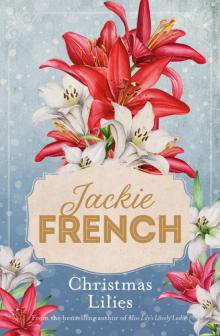 Christmas Lilies
Christmas Lilies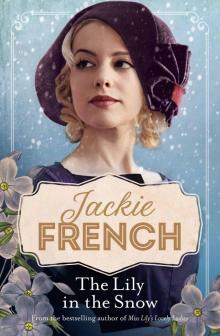 The Lily in the Snow
The Lily in the Snow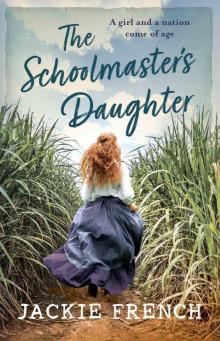 The Schoolmaster's Daughter
The Schoolmaster's Daughter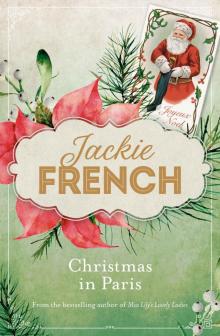 Christmas in Paris
Christmas in Paris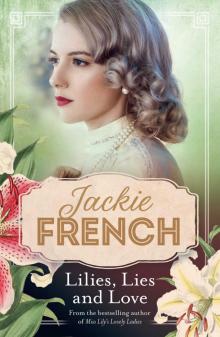 Lilies, Lies and Love
Lilies, Lies and Love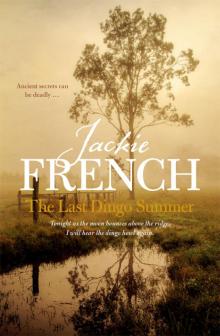 The Last Dingo Summer
The Last Dingo Summer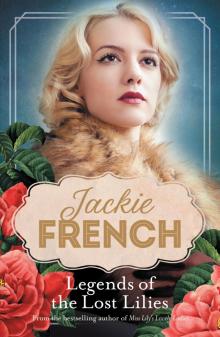 Legends of the Lost Lilies
Legends of the Lost Lilies Just a Girl
Just a Girl Pirate Boy of Sydney Town
Pirate Boy of Sydney Town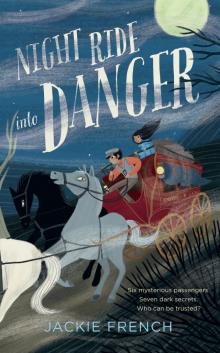 Night Ride into Danger
Night Ride into Danger The Secret of the Youngest Rebel
The Secret of the Youngest Rebel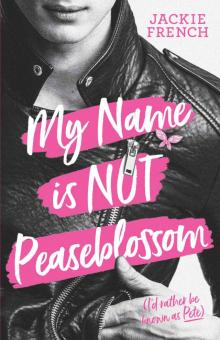 My Name is Not Peaseblossom
My Name is Not Peaseblossom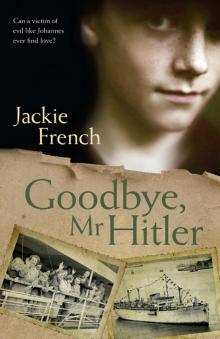 Goodbye, Mr Hitler
Goodbye, Mr Hitler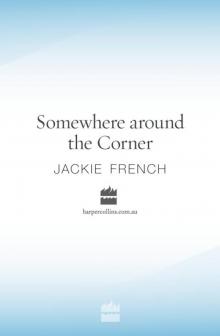 Somewhere around the Corner
Somewhere around the Corner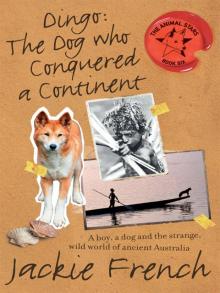 Dingo: The Dog Who Conquered a Continent
Dingo: The Dog Who Conquered a Continent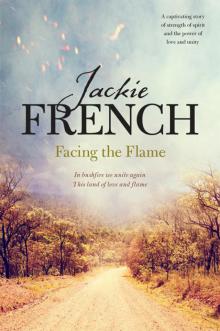 Facing the Flame
Facing the Flame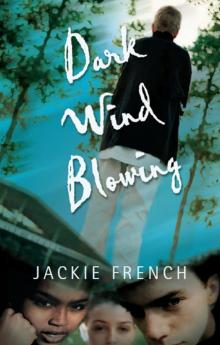 Dark Wind Blowing
Dark Wind Blowing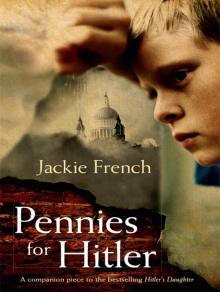 Pennies For Hitler
Pennies For Hitler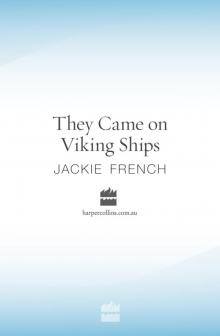 They Came On Viking Ships
They Came On Viking Ships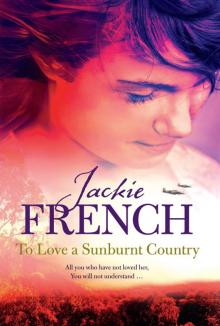 To Love a Sunburnt Country
To Love a Sunburnt Country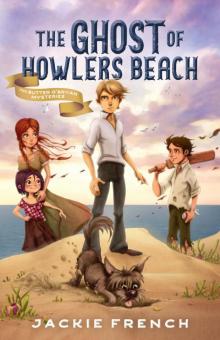 The Ghost of Howlers Beach
The Ghost of Howlers Beach The Girl from Snowy River
The Girl from Snowy River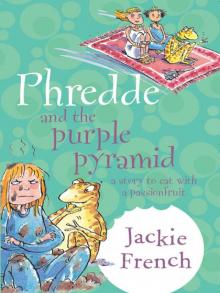 Phredde and the Purple Pyramid
Phredde and the Purple Pyramid The Secret of the Black Bushranger
The Secret of the Black Bushranger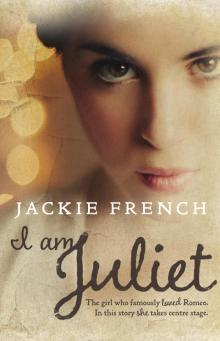 I Am Juliet
I Am Juliet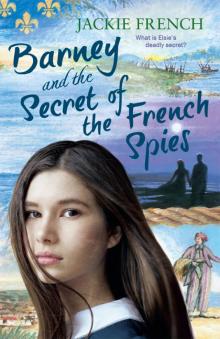 Barney and the Secret of the French Spies
Barney and the Secret of the French Spies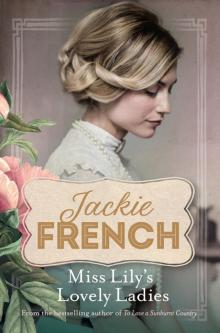 Miss Lily’s Lovely Ladies
Miss Lily’s Lovely Ladies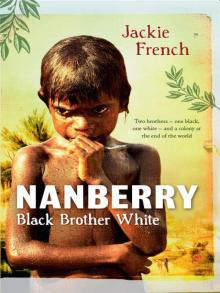 Nanberry
Nanberry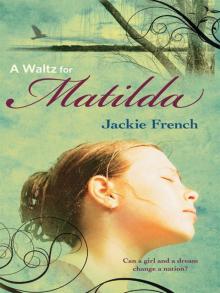 A Waltz for Matilda
A Waltz for Matilda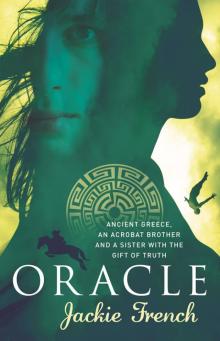 Oracle
Oracle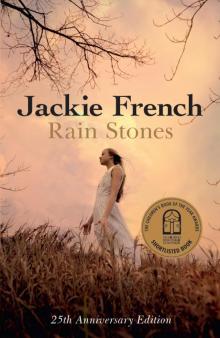 Rain Stones 25th Anniversary Edition
Rain Stones 25th Anniversary Edition Let the Land Speak
Let the Land Speak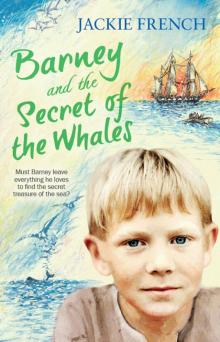 Barney and the Secret of the Whales
Barney and the Secret of the Whales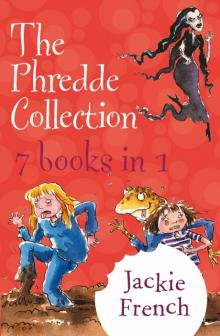 The Phredde Collection
The Phredde Collection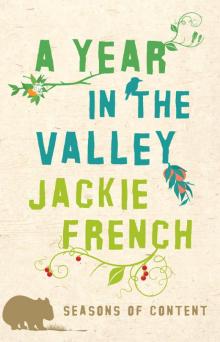 Year in the Valley
Year in the Valley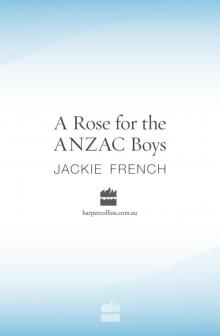 A Rose for the Anzac Boys
A Rose for the Anzac Boys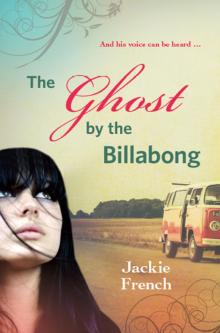 The Ghost by the Billabong
The Ghost by the Billabong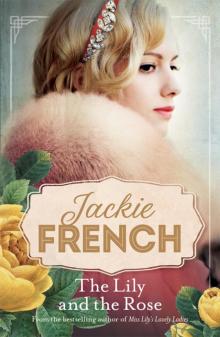 The Lily and the Rose
The Lily and the Rose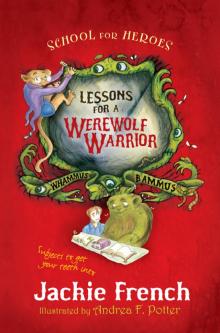 Lessons for a Werewolf Warrior
Lessons for a Werewolf Warrior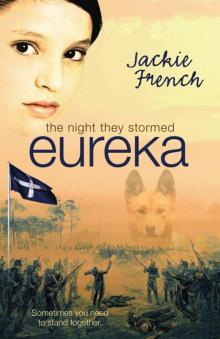 The Night They Stormed Eureka
The Night They Stormed Eureka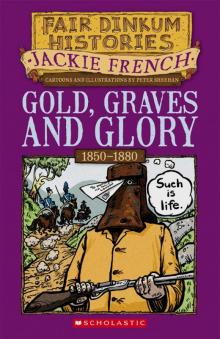 Gold graves and glory
Gold graves and glory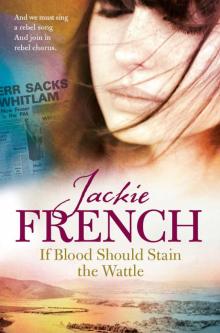 If Blood Should Stain the Wattle
If Blood Should Stain the Wattle The Book of Horses and Unicorns
The Book of Horses and Unicorns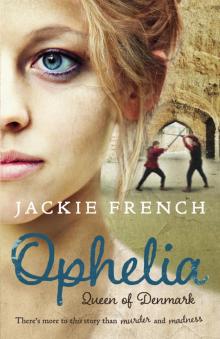 Ophelia
Ophelia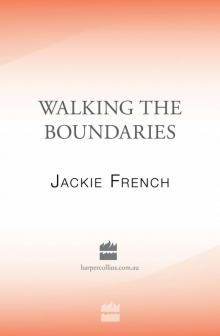 Walking the Boundaries
Walking the Boundaries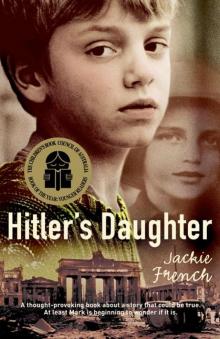 Hitler's Daughter
Hitler's Daughter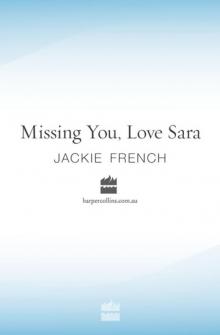 Missing You, Love Sara
Missing You, Love Sara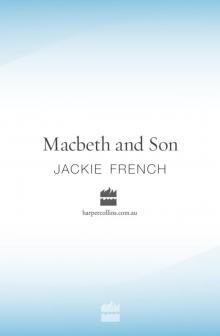 Macbeth and Son
Macbeth and Son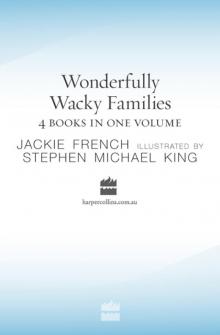 Wonderfully Wacky Families
Wonderfully Wacky Families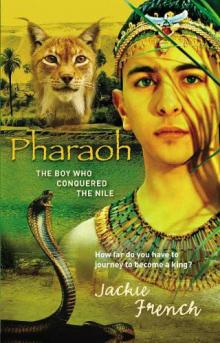 Pharaoh
Pharaoh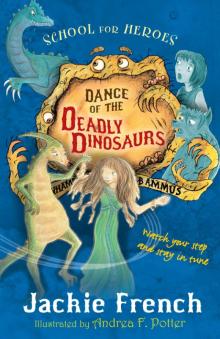 Dance of the Deadly Dinosaurs
Dance of the Deadly Dinosaurs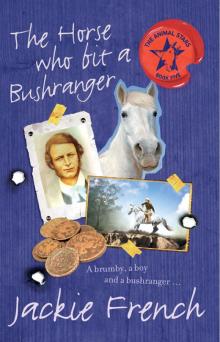 The Horse Who Bit a Bushranger
The Horse Who Bit a Bushranger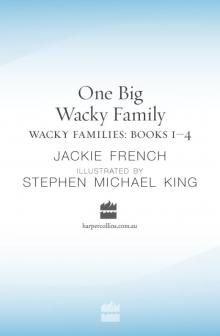 One Big Wacky Family
One Big Wacky Family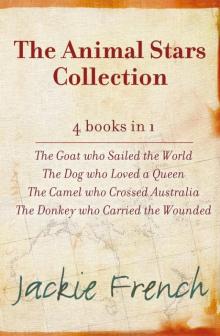 The Animal Stars Collection
The Animal Stars Collection Refuge
Refuge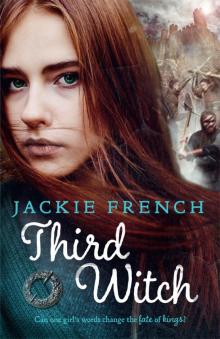 Third Witch
Third Witch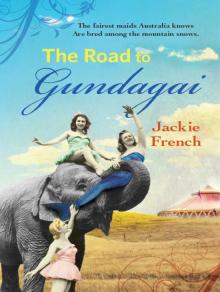 Down the Road to Gundagai
Down the Road to Gundagai